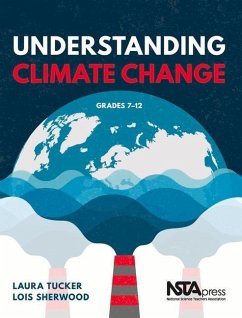Get help teaching one of the hottest topics in science with Understanding Climate Change, Grades 7-12. This nine-session module is written to be practical and accessible. It provides both extensive background and step-by-step instructions for using three-dimensional methods to explore this complex subject. It fits easily into a middle or high school curriculum while addressing the Next Generation Science Standards. The material can be covered in just three or four weeks or used in part to supplement your existing curriculum. Best of all, your students will find the module truly engaging. Rather than spoon-feeding them information, the lessons spur them to investigate evidence of climate change and global warming for themselves. Understanding Climate Change is designed with the Learning Cycle and the BSCS 5E Instructional Model in mind. The module starts with an in-depth look at sources of CO2 (carbon dioxide) and the greenhouse effect. It then addresses misconceptions about climate change; in fact, an entire session is devoted to evaluating information to see if it's accurate, verifiable, complete, and from a reputable source. Then the lessons prompt students to conduct their own scientific research, discuss ripple effects, and examine solutions. The authors deliberately structured this module to build a conceptual foundation without risking information overload. Your students will come away prepared to analyze what they hear about climate change outside of class. They'll also be ready to use critical thinking skills to draw their own conclusions about what should be done and to come up with ways they can take action to mitigate the effects of climate change in their homes, schools, and communities.
Bitte wählen Sie Ihr Anliegen aus.
Rechnungen
Retourenschein anfordern
Bestellstatus
Storno

